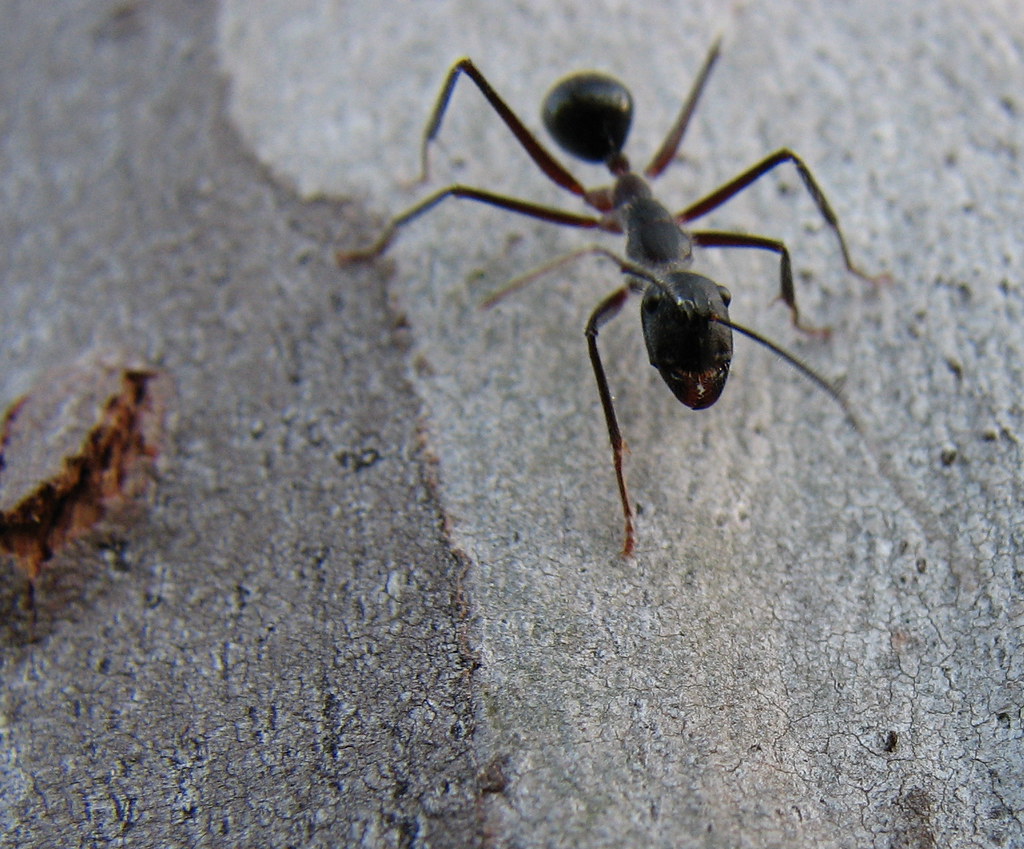The next time you watch a line of ants marching across your kitchen counter, you’re actually witnessing one of evolution’s most remarkable success stories. These tiny creatures didn’t just appear out of nowhere – they evolved from something entirely different. What might blow your mind is that every single ant species on Earth descended from ancient wasps that lived over 100 million years ago. This incredible transformation from solitary hunters to cooperative societies represents one of the most dramatic evolutionary shifts in the animal kingdom.
The Ancient Wasp Ancestors
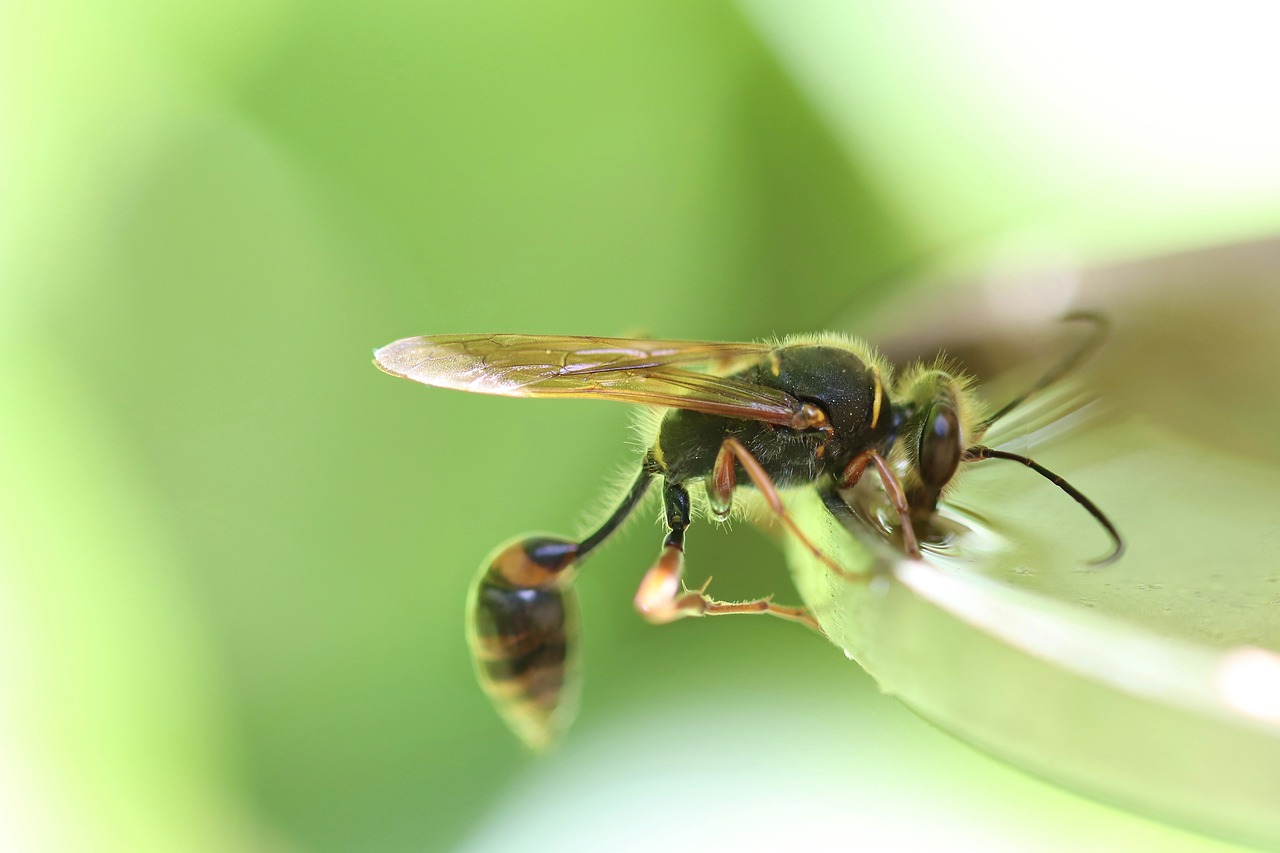
Picture a world where dinosaurs still roamed the Earth, and the first flowering plants were just beginning to bloom. In this prehistoric landscape, solitary wasps buzzed through ancient forests, hunting other insects to feed their young. These weren’t the social wasps we know today – they lived completely alone, each female building her own nest and caring for her offspring without any help.
These ancestral wasps possessed many traits that would later become essential for ant evolution. They had strong mandibles for capturing prey, well-developed legs for digging, and most importantly, they already practiced a form of parental care. The females would paralyze their prey and store it in underground chambers for their developing larvae.
The Critical Moment of Divergence
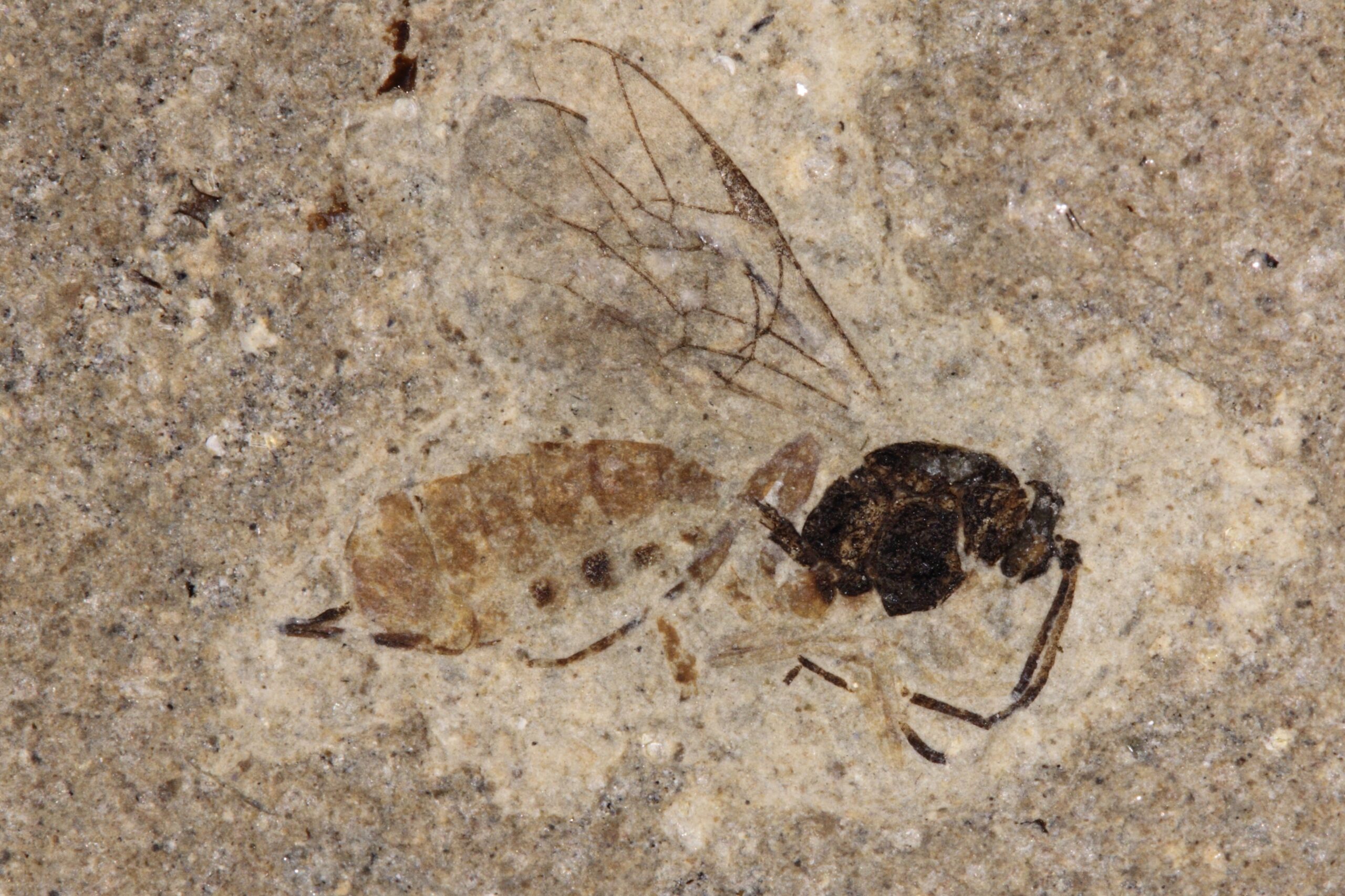
Scientists believe the split between wasps and ants occurred during the mid-Cretaceous period, roughly 140 to 168 million years ago. This wasn’t a sudden transformation but rather a gradual process that took millions of years. The key moment came when some wasp lineages began spending more time on the ground rather than flying between flowers and prey.
Fossil evidence suggests that climate changes during this period created new ecological opportunities. As forests became denser and soil ecosystems more complex, ground-dwelling became increasingly advantageous. Those wasps that adapted to terrestrial life would eventually give rise to the first primitive ants.
Wings to Walking: The Great Anatomical Shift
One of the most striking changes in ant evolution was the dramatic reduction in wing use. While their wasp ancestors relied heavily on flight, early ants began to prioritize ground-based movement. This shift required significant anatomical modifications that would reshape their entire body structure.
The thorax became more robust to support powerful leg muscles, while the wing muscles gradually reduced in importance. Most remarkably, only reproductive ants retained functional wings, while workers became completely wingless. This represents one of evolution’s most successful trade-offs – sacrificing individual mobility for collective efficiency.
The legs themselves underwent remarkable changes, becoming longer and more muscular. The development of specialized tarsal claws allowed these early ants to grip various surfaces, making them incredibly versatile in their underground environments.
The Revolutionary Development of Colonies
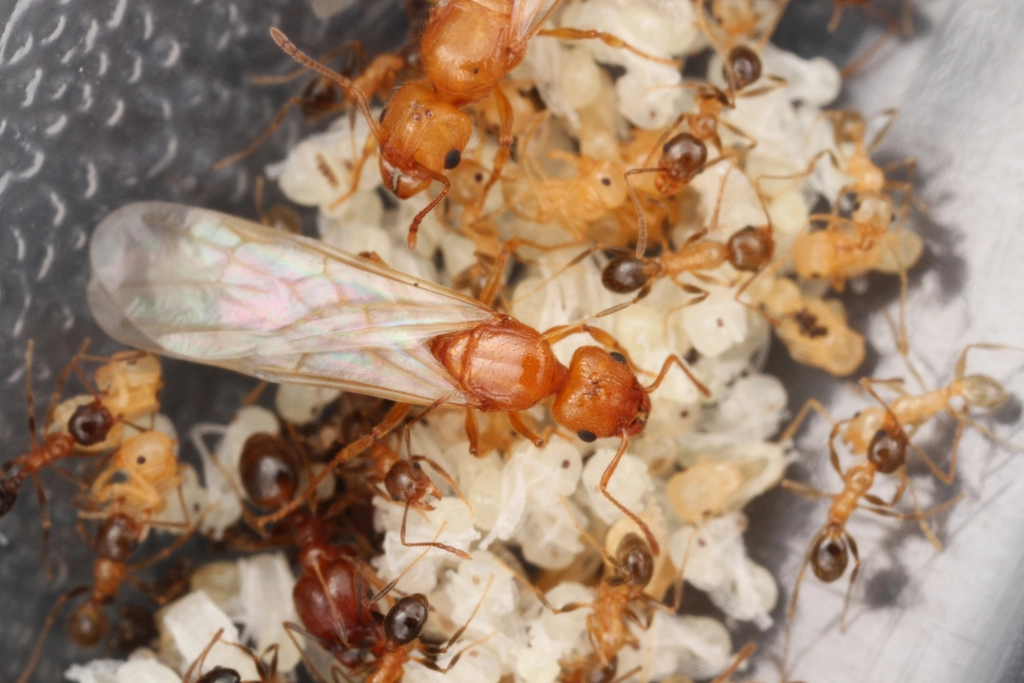
Perhaps the most astonishing aspect of ant evolution was the emergence of true social behavior. While their wasp ancestors lived solitary lives, early ants began forming small groups that worked together. This transition represents one of the most significant behavioral leaps in evolutionary history.
The first ant colonies were probably quite small, perhaps consisting of just a few individuals. However, the advantages of group living quickly became apparent. Multiple workers could defend against predators more effectively, gather food more efficiently, and care for young more successfully than any individual could alone.
What makes this transformation even more remarkable is that it required the evolution of sterile worker castes. These individuals gave up their own reproductive potential to help their colony survive – a level of cooperation that was virtually unknown in the wasp world.
Chemical Communication: The Language of Scent
As ant colonies grew larger and more complex, they needed sophisticated ways to coordinate their activities. The solution came in the form of chemical communication – a system so advanced that it puts human language to shame. These chemical signals, called pheromones, allowed ants to share detailed information about food sources, dangers, and colony needs.
This chemical language system was revolutionary because it enabled ants to work together without direct visual contact. A single ant could lay down a scent trail that would guide hundreds of her sisters to a food source. Different chemical combinations could signal everything from “follow me” to “danger ahead” or “help needed.”
The sophistication of ant chemical communication far exceeded anything their wasp ancestors had developed. While wasps used simple chemical signals mainly for mating, ants created an entire vocabulary of scents that could convey complex information about their environment and colony status.
Dietary Revolution: From Predator to Omnivore
The ancestral wasps were primarily predators, hunting other insects to feed their young. However, as ants evolved, they developed much more diverse dietary habits that would become crucial to their success. This dietary flexibility allowed them to exploit food sources that were unavailable to their wasp cousins.
Early ants began incorporating plant materials, fungi, and even dead organic matter into their diets. This omnivorous approach meant they could survive in environments where specialized predators might starve. Some lineages even developed the ability to cultivate their own food, growing fungi in underground gardens.
The shift from pure predation to omnivory required significant changes in digestive systems and food processing abilities. Ants developed more robust mandibles that could handle a variety of food types, from soft plant tissues to hard seeds and everything in between.
Underground Architects: The Evolution of Nest Building
While their wasp ancestors built simple nests, ants became some of nature’s most skilled architects. The evolution of complex nest construction represents another major leap in ant development. These underground cities often contain thousands of chambers, each serving a specific purpose in colony life.
Early ant nests were probably quite simple, consisting of just a few chambers connected by tunnels. However, as colonies grew larger and more specialized, nest architecture became increasingly sophisticated. Modern ant nests can extend several meters underground and contain elaborate ventilation systems, nurseries, food storage areas, and waste disposal chambers.
The ability to modify their environment on such a scale gave ants enormous advantages over their competitors. They could create optimal conditions for brood development, protect their colonies from weather extremes, and store food for lean periods.
The Fossil Record: Piecing Together the Past
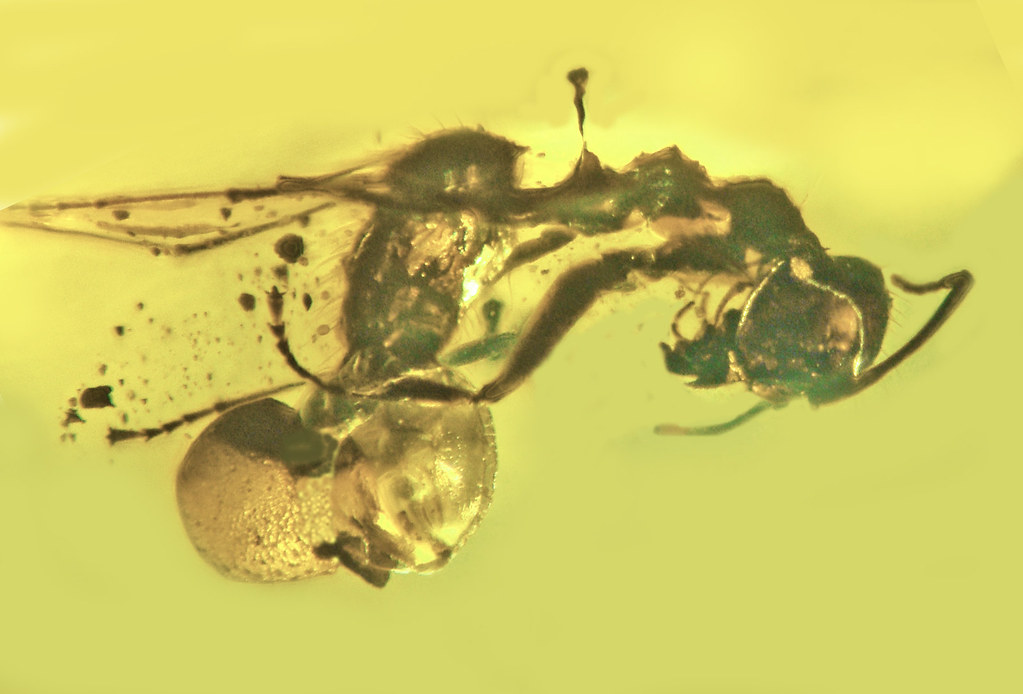
Scientists have uncovered remarkable fossil evidence that helps us understand ant evolution. The oldest known ant fossil, discovered in New Jersey, dates back approximately 92 million years. This ancient specimen, preserved in amber, already showed many of the characteristics we associate with modern ants.
What’s particularly fascinating about these early fossils is how they reveal the transitional nature of early ants. Some specimens show features that are clearly wasp-like, while others display the more familiar ant characteristics. This fossil record provides concrete evidence of the gradual transformation from wasp to ant.
More recent discoveries have revealed that ant diversity exploded during the Paleocene epoch, roughly 66 to 56 million years ago. This period saw the emergence of many modern ant lineages and the development of increasingly complex social behaviors.
DNA Evidence: The Molecular Clock
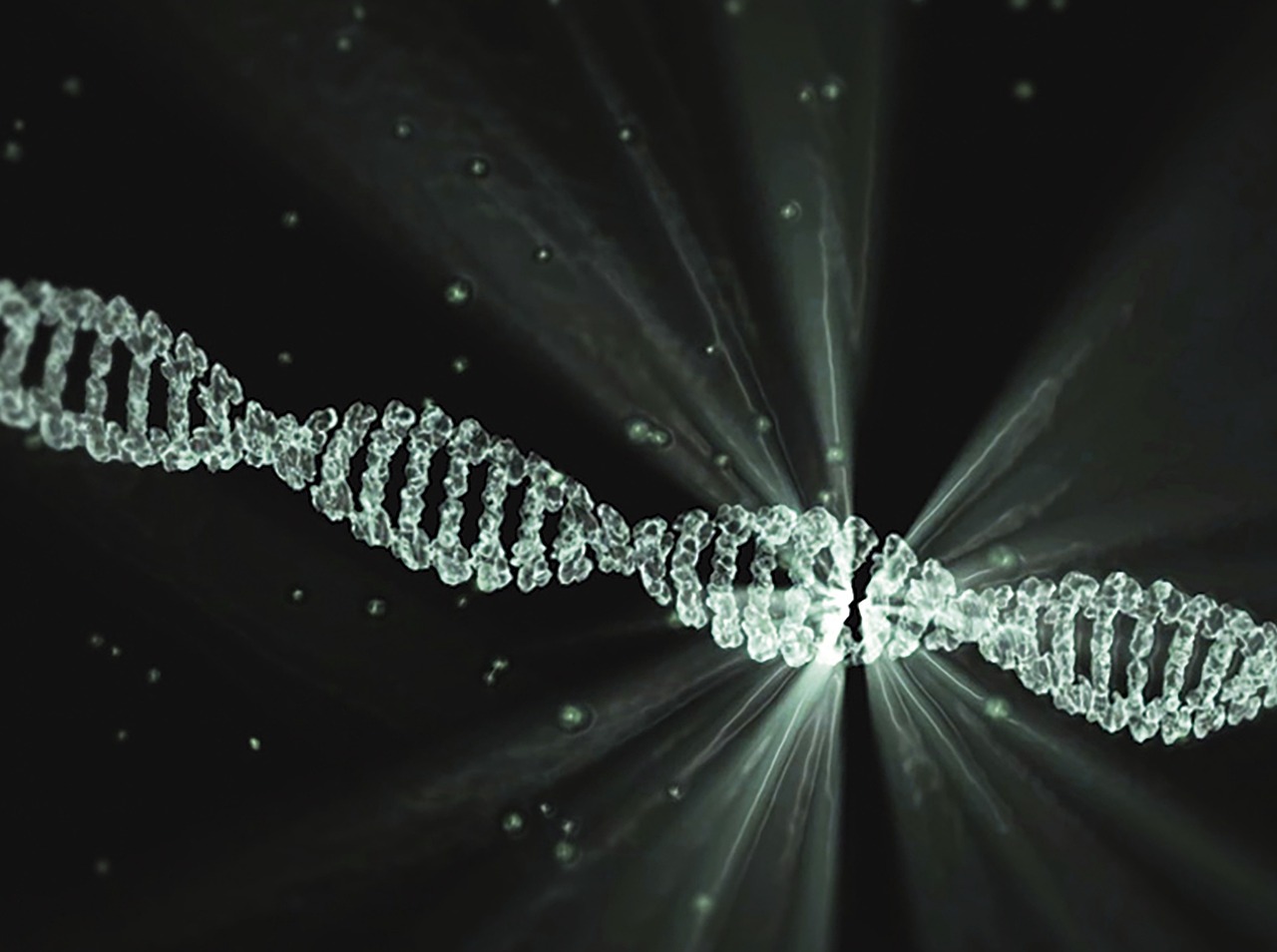
Modern genetic analysis has revolutionized our understanding of ant evolution by allowing scientists to trace relationships between different species with unprecedented accuracy. DNA studies have confirmed that all ants share a common ancestor with a specific group of wasps known as the Apoidea.
The molecular evidence suggests that the first ants appeared earlier than previously thought, possibly as far back as 168 million years ago. This genetic clock also reveals that the major ant lineages diverged from each other relatively quickly, suggesting rapid evolutionary innovation during the early stages of ant evolution.
Perhaps most remarkably, genetic analysis has shown that some of the most complex ant behaviors, including agriculture and symbiotic relationships with other species, evolved multiple times independently. This suggests that the genetic toolkit for advanced social behavior was already present in early ant lineages.
The Rise of Specialized Castes
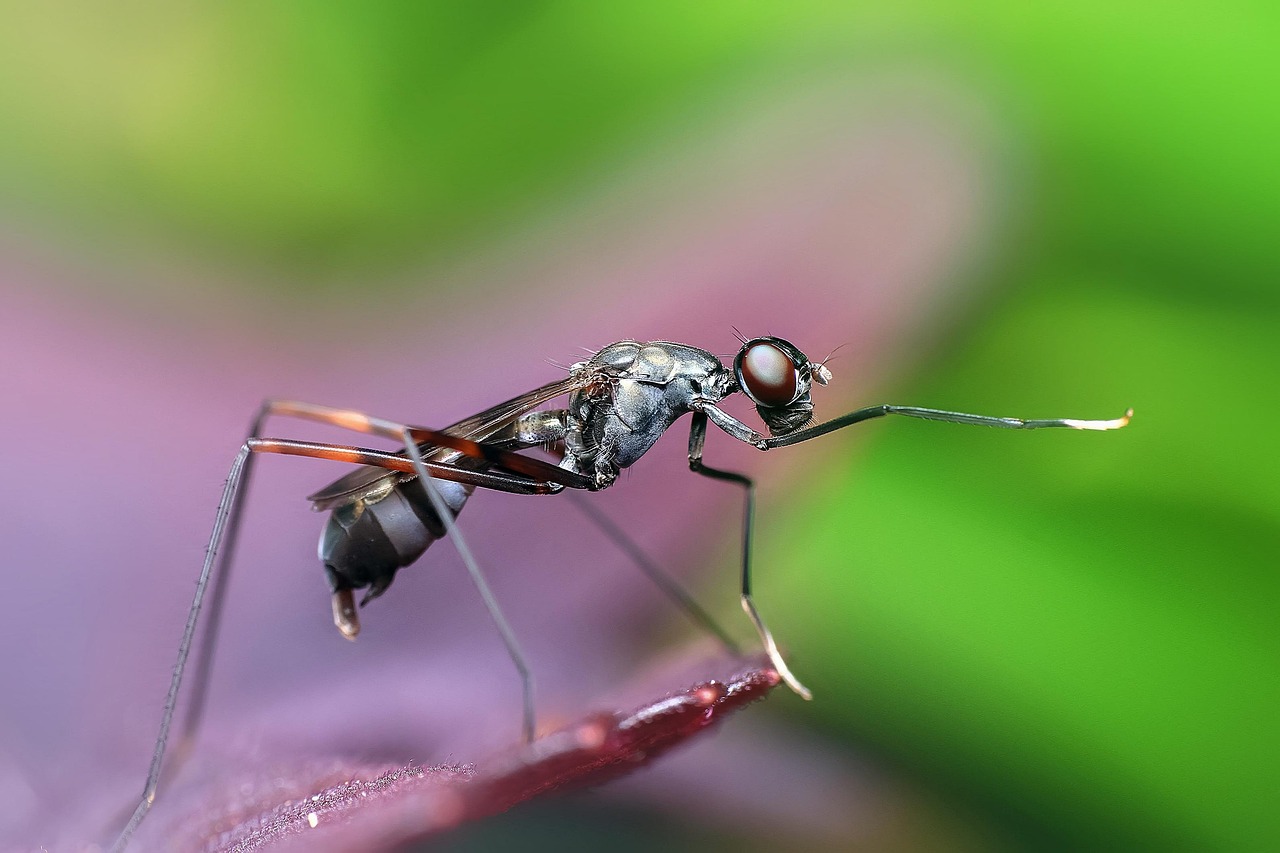
One of the most dramatic aspects of ant evolution was the development of specialized worker castes. Unlike their wasp ancestors, where all individuals were essentially identical, ants evolved distinct physical and behavioral types within their colonies. This specialization allowed for unprecedented levels of efficiency and coordination.
The first specialized castes were probably quite simple, perhaps just distinguishing between reproductive individuals and workers. However, over time, some lineages developed incredibly complex caste systems. Modern army ants, for example, have soldiers with massive heads and jaws, minor workers for detailed tasks, and major workers for heavy lifting.
This caste specialization required significant genetic innovations. Ants had to evolve mechanisms for controlling development so that genetically identical individuals could grow into dramatically different forms depending on colony needs. The ability to produce these specialized castes on demand gave ant colonies enormous flexibility in responding to environmental challenges.
Geographic Expansion: Conquering the World
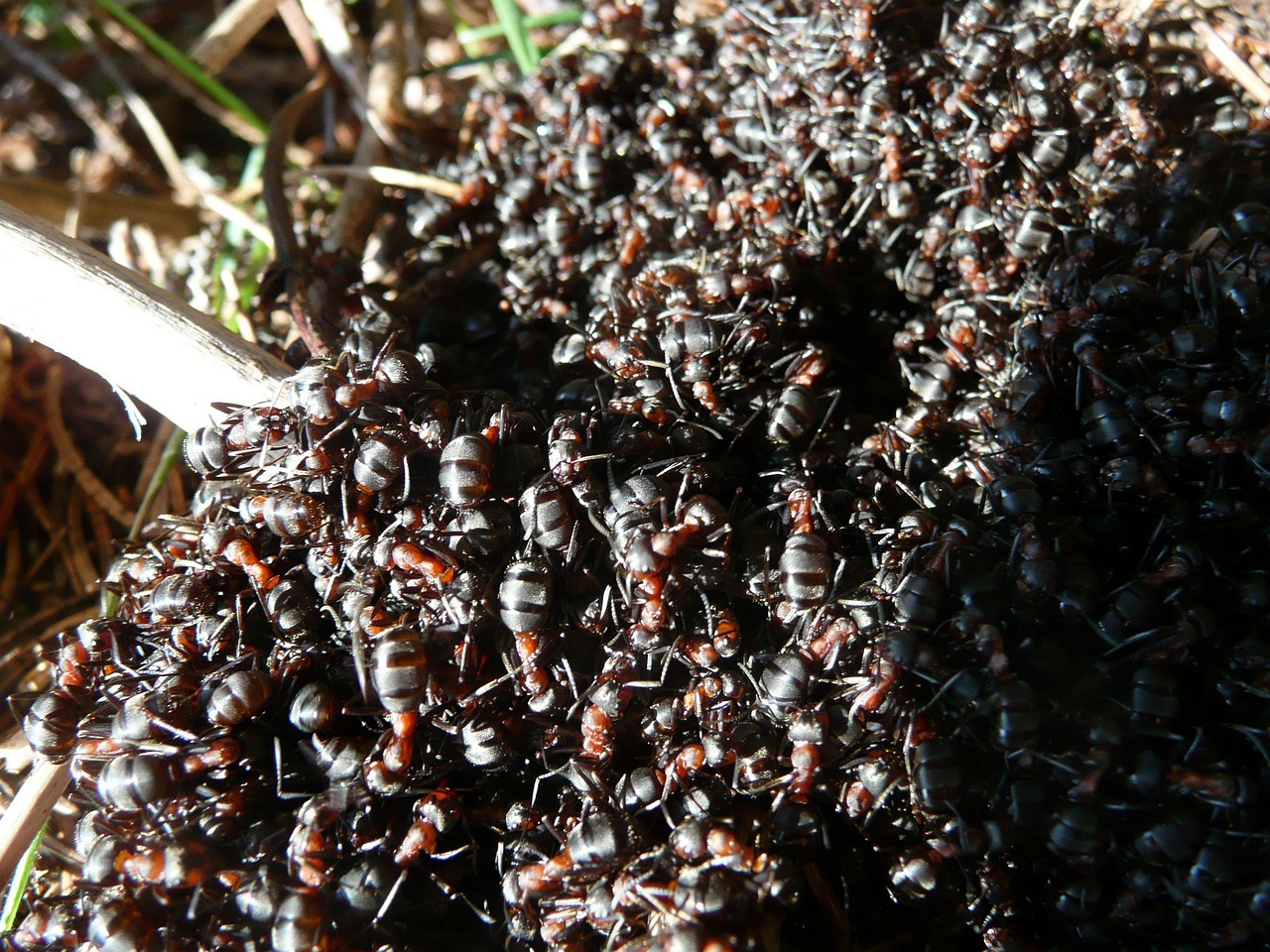
The evolutionary success of ants is perhaps best measured by their incredible geographic distribution. Starting from their origins in what is now North America, ants have colonized virtually every terrestrial habitat on Earth. This global expansion represents one of the most successful colonization events in evolutionary history.
The ability to form colonies gave ants enormous advantages in colonizing new territories. A single mated queen could establish an entire population in a new area, while their wasp ancestors required existing populations to maintain themselves. This reproductive advantage, combined with their dietary flexibility, allowed ants to exploit habitats that were inaccessible to many other insects.
Different ant lineages adapted to radically different environments, from tropical rainforests to arctic tundra. This adaptive radiation demonstrates the incredible evolutionary potential that was unleashed when wasps first transitioned to colonial life.
Ecological Impact: Reshaping Ecosystems
The evolution of ants had profound effects on terrestrial ecosystems worldwide. Their activities as soil aerators, seed dispersers, and predators fundamentally changed how land-based ecosystems function. In many environments, ants move more soil than earthworms and consume more insects than birds.
The agricultural activities of some ant species created entirely new ecological niches. Fungus-growing ants, for example, maintain underground gardens that support not only their own colonies but also numerous other species that have evolved to live in these artificial environments. This ecosystem engineering represents a level of environmental modification that their wasp ancestors never achieved.
Perhaps most remarkably, the evolution of ants may have contributed to the success of flowering plants. Many plant species rely on ants for seed dispersal, and some have evolved specialized structures specifically to attract ant partners. This mutualistic relationship has shaped the evolution of both groups for millions of years.
Modern Mysteries: What We Still Don’t Know
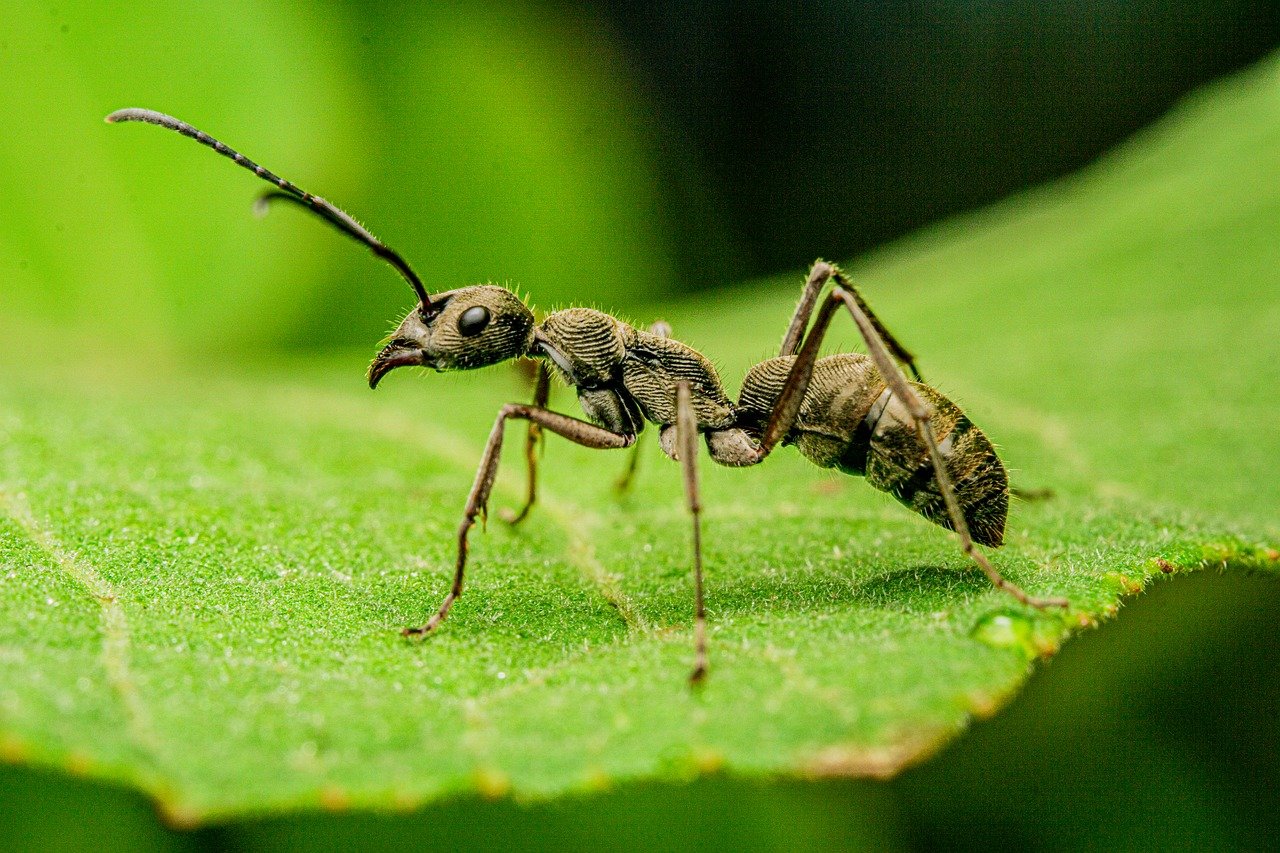
Despite decades of research, many aspects of ant evolution remain mysterious. Scientists still debate exactly when and how some of the most complex ant behaviors evolved. The origins of slave-making behavior, for example, remain poorly understood, as does the evolution of the remarkable agricultural abilities seen in leaf-cutter ants.
New discoveries continue to surprise researchers and challenge existing theories about ant evolution. Recent studies have revealed that some ant species are capable of learning and cultural transmission in ways that were previously thought impossible. These findings suggest that ant evolution may be even more complex and sophisticated than we currently understand.
The discovery of new ant species continues at a rapid pace, with researchers estimating that thousands of species remain undescribed. Each new species provides additional pieces to the evolutionary puzzle, helping us better understand how these remarkable insects transformed from solitary wasps into some of the most successful animals on Earth.
The Legacy of Evolutionary Innovation
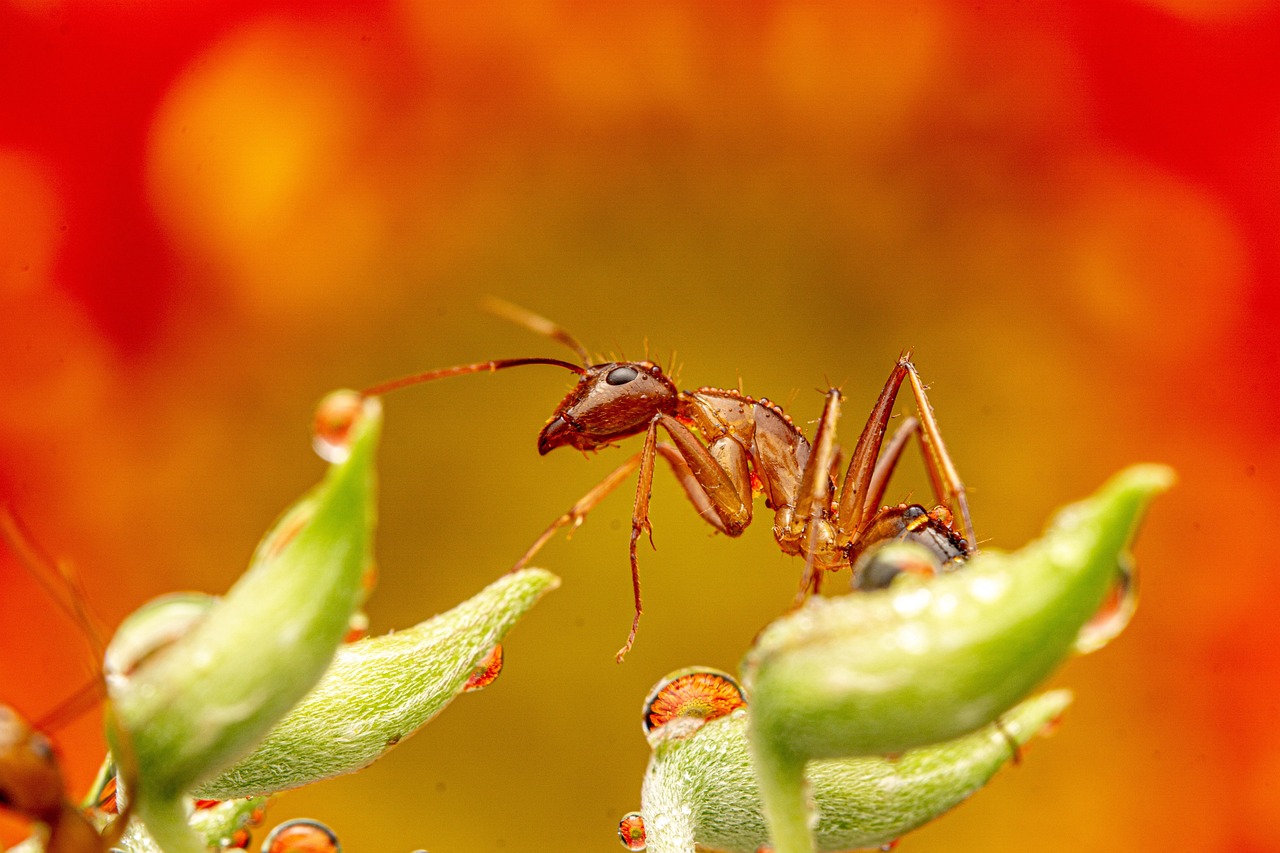
The transformation from wasp to ant represents one of evolution’s most spectacular success stories. This journey from solitary hunters to cooperative societies demonstrates how small changes can accumulate over millions of years to produce revolutionary new forms of life. The innovations that emerged during ant evolution – complex communication systems, specialized castes, and sophisticated nest architecture – continue to inspire scientists and engineers today.
Modern ant colonies serve as living laboratories for understanding cooperation, division of labor, and collective decision-making. Their solutions to problems of organization and coordination offer insights that extend far beyond entomology. The journey from wasp to worker reveals not just the history of ants, but fundamental principles about how complexity and cooperation can emerge from simple beginnings.
The story of ant evolution reminds us that the natural world is far more dynamic and interconnected than we often realize. Every creature we encounter today carries within it the legacy of millions of years of evolutionary innovation. What other transformations might be unfolding around us right now, too gradual for us to notice but destined to reshape the world in ways we can barely imagine?

